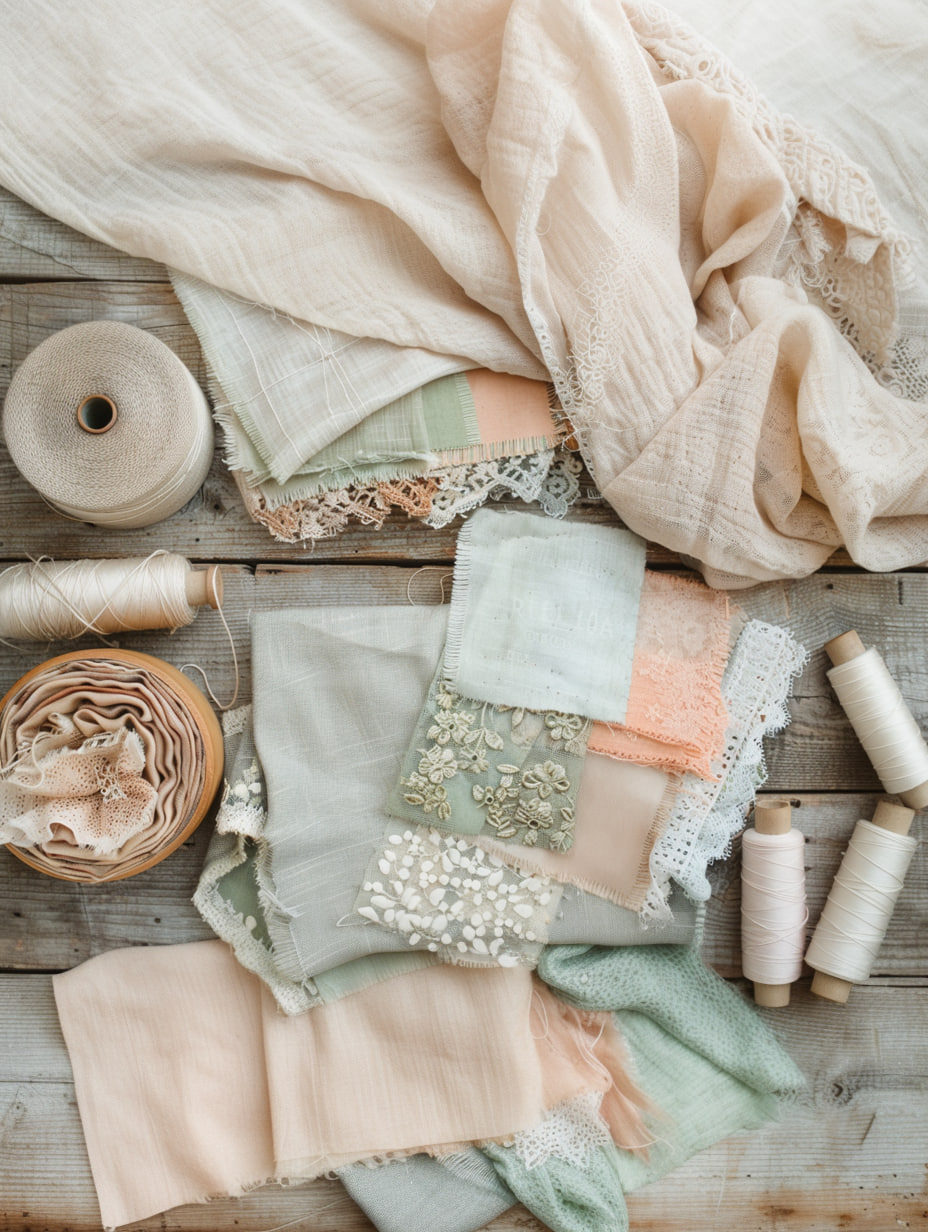
The Seam Ripper Is Your Friend
No sewist wants to talk about it—but every sewist does it………

Every sewist has a story: the dream fabric bought on impulse, carefully cut, stitched with high hopes—and ruined by a crooked seam, puckered dart, or stubborn tension issue. It’s a painful lesson, and one that often ends with a vow to “never do that again.” The good news? You don’t have to learn the hard way. The secret to avoiding costly mistakes, building confidence, and improving technique is surprisingly simple: practice on scraps first. In a world where sewing time is precious and fabric isn’t cheap, testing before committing is one of the smartest habits you can adopt. Think of it as a warm-up for your machine—and your skills.
The Hidden Cost of Skipping Practice
The temptation to jump right into sewing your final fabric is real. You’ve spent time prepping, cutting, and pinning. The fabric is beautiful, the pattern is promising, and you want to see it come to life. But skipping a test run often leads to:
✓ Incorrect stitch settings that distort the fabric.
✓ Tension issues that cause thread loops or skipped stitches.
✓ Needles that damage delicate fabric or pull threads.
✓ Techniques like buttonholes, zippers, or topstitching going off course.
Once you’ve stitched the real thing, there’s no rewind button. Unpicking stitches can damage fabric—and your patience.
Why Scraps Are Your Best Friends
Fabric scraps are more than leftovers. They’re mini test labs for exploring, adjusting, and troubleshooting without pressure.
Practicing on scraps:
✓ Lets you fine-tune your machine settings for that exact fabric.
✓ Helps you preview how the fabric behaves under the needle—does it stretch, shift, or pucker?
✓ Allows you to rehearse tricky techniques, like darts, gathers, buttonholes, and hems.
✓ Gives you confidence that your stitches will hold and your seams will lie flat.
It’s like tasting your recipe before serving it—an essential step in a polished final result.

How to Practice Like a Pro
1. Cut Intentionally
When trimming your main fabric, save a few pieces large enough to run through your machine comfortably (about 8×8 inches is ideal). If you’re working with multiple layers or linings, keep scraps of those too.
2. Mimic the Real Setup
If your project involves multiple layers, interfacing, or seams, recreate that setup in your scrap test. A single layer of cotton behaves very differently than two layers of denim plus interfacing and topstitching.
3. Test Machine Settings
Adjust stitch length, tension, and presser foot pressure to match the needs of your fabric. Use the scrap to experiment with:
Adjust stitch length, tension, and presser foot pressure to match the needs of your fabric. Use the scrap to experiment with:
✓ Straight vs. zigzag stitches
✓ Tension settings (no bird’s nests, no puckering)
✓ Stitch length for topstitching
✓ Specialty feet like walking or zipper feet.
Make notes as you go—you’ll thank yourself later.
4. Rehearse Key Techniques
If your pattern includes a new technique—say, inserting a zipper or sewing a bias neckline—do a full dry run on your scrap first. You’ll get a feel for the steps and discover what might go wrong before it really matters.
5. Practice Decorative Finishes
Topstitching, twin-needle work, or decorative hems deserve testing too. The thread weight, stitch length, and spacing can dramatically change the look—and quality—of the finish.
Real Results from a Few Extra Minutes
Practicing on scraps might seem like a waste of time, especially when you’re eager to finish a project. But consider this: five minutes of testing can save hours of frustration—and expensive fabric. Professional tailors and designers always test on scraps before starting a final piece. It’s not a beginner’s crutch—it’s a mark of craftsmanship.
When Practice Really Pays Off
Some fabrics demand a test run more than others:
✓ Delicate fabrics like silk, chiffon, or lace
✓ Stretchy knits, which can distort or skip stitches
✓ Heavily textured or layered fabrics like denim, canvas, or corduroy
✓ Tricky closures, such as zippers, buttonholes, or snaps
✓ New patterns you’ve never sewn before.
Even if you’re using a familiar pattern, a new fabric can change everything. What worked beautifully on cotton may not behave the same on linen or rayon.
Conclusion: Slow Down to Sew Better
In sewing, what separates frustration from satisfaction often comes down to preparation. Practicing on scraps might not be glamorous, but it’s the key to predictable, polished results. It gives you the freedom to experiment, make mistakes, and fine-tune your process—without risking your final project. So next time you sit down to sew, don’t skip the practice. Use those scraps with purpose. Because a few extra stitches now can save your fabric, your time, and your love for sewing in the long run.

No sewist wants to talk about it—but every sewist does it………

You’ve carefully cut the fabric. You’ve followed every step of the pattern instructions. ……